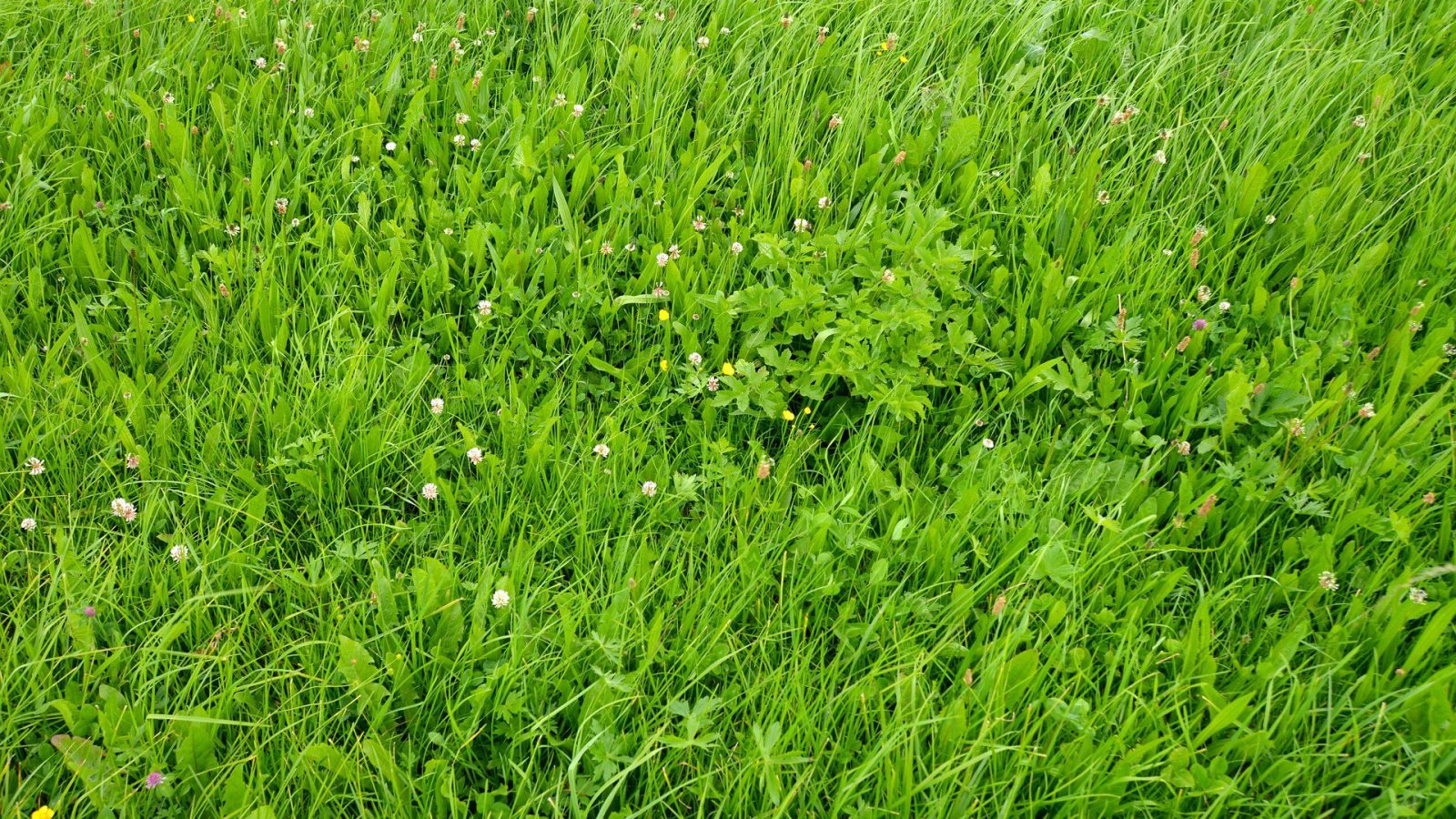Bijeenkomst: EGF2015 Auteur: Virkajärvi P., Rinne M., Mononen J., Niskanen O., Järvenranta K. and Sairanen A. ISBN: 978-9090-289-61-8 Jaar van uitgifte: 2015 Producttype: Paper In Finland milk and beef contribute 50% of the agricultural gross return. The growing season is short, 125-180 days, and therefore the indoor period plays a major role relative to the …
Herbage and milk production from a grass-only sward and grass-white clover swards in an intensive grass-based system
Bijeenkomst: EGF2015 Auteur: Egan M.J., Lynch M.B. and Hennessy D. ISBN: 978-9090-289-61-8 Jaar van uitgifte: 2015 Producttype: Paper White clover (Trifolium repens L.; clover) can increase the sustainability of grass-based dairy systems and has the potential to increase milk production. This experiment compared milk production from a perennial ryegrass (PRG) sward receiving 250 kg N …
Milk production in relation to farm organization
Bijeenkomst: EGF2015 Auteur: Jankowski K., Skrzyczyńska J., Wiśniewska-Kadżajan B., Sosnowski J., Malinowska E. and Kolczarek R. ISBN: 978-9090-289-61-8 Jaar van uitgifte: 2015 Producttype: Paper In recent years, dairy production has been considered to be the most profitable farming activity in Poland. This study focuses on a sample of 40 randomly selected dairy farms from the …
The effect of tetraploid and diploid perennial ryegrass swards sown with and without clover on milk and herbage production
Bijeenkomst: EGF2015 Auteur: McCarthy B., Dineen M., Guy C., Coughlan F. and Gilliland T. ISBN: 978-9090-289-61-8 Jaar van uitgifte: 2015 Producttype: Paper An experiment to investigate the impact of tetraploid and diploid perennial ryegrass swards sown with and without white clover on the productivity of spring milk production systems was established in 2012 (75%) and …
